|
I am the passenger and I ride and I ride I ride through the city's backsides... Iggy Pop Next time you're walking through a crowded subway, tune a little Iggy Pop into your headphones. We are all passengers, and we all ride and we ride. The last time I rode the tube in London, I got thinking about the world's major subway systems, asking questions that this blog post would later answer: New York One of the oldest and largest urban transit systems in the world, New York’s subway currently has 468 stations in operation, with approximately 660 miles of routes clocking in at over 1.5 billion rides annually. It’s one of only four subways running 24 hours a day in the USA, vital for shepherding New Yorkers (and tourists) around the city, especially in Manhattan, where traffic is choked during rush hour and parking exorbitant. New York has the world’s largest fleet of subway cars (around 6200), and is probably the most recognized system thanks to being featured in movies like Saturday Night Fever, Ghost and the Taking of Pelham 123. Here’s a neat fact: New York’s subway has only 60 stations less than all the combined subway stations in the United States. London The oldest underground rapid transit system in the world is the London Underground, known affectionately as the “Tube.” Its first sections were built in 1863, and the Northern Line was the world’s first electric train. The tube currently has 270 stations and 402 kilometres of track, covering central London and stretching way into the suburbs, Heathrow airport, and even surrounding regions of Essex and Buckinghamshire. Linking seamlessly with an excellent bus system and above-ground trains, including rail and the Docklands Light Rail, the map of the iconic coloured lines of each route have become a design classic. Be aware the Underground map doesn’t correspond to geography above-ground, which is why some tourists might spend 45 minutes taking the Tube to a destination just a ten minute walk away. Shanghai China’s largest municipality (over 23 million people!) is served by the world’s longest metro network. The Shanghai Metro’s 11 lines and 278 stations delivers over 2 billion rides annually, at about 5.5 million rides a day. Three lines converge at the busiest station, People’s Square, located near the popular Nanjing Road shopping district. Fares are based on distance, and allow you to transfer between lines, as well as railways and buses. Transit cards can be purchased as stations, convenient stores and banks, and can be used to pay for buses and even taxis. Connected to the Metro, although it is not included in the system itself, is the Maglev. Reaching a speed of 431 km/hr, the train’s magnetic levitation system makes it the world’s fastest commercial regular service, and a 30 km thrill ride from the airport. Montreal 25 Stations opened in 1966 in time for the 1967 World Fair. Today, the Métro de Montréal has 68 stations running on four lines. It is Canada’s busiest subway system, third in North America after New York and Mexico City. Designers looked to Paris for inspiration, and Montreal’s rubber-tired efficiency has in turn inspired other Metros like Santiago, Lyon and Mexico City. Rubber tires were chosen because they are quiet, turn at higher speeds, and reduce vibration for passengers. They also allow faster speeds than conventional steel tracks. Due to winter weather, the 759-cars run entirely underground, and are not weatherproof. Although public art in stations was popular in communist countries, Montreal was a pioneer introducing stained glass, sculptures and paintings to western metro stations. Moscow With millions of people flocking to the capital from around Russia, Soviet leadership in the 1920’s recognized the potential for the Moscow Metro to be more than just a transportation necessity. It was designed to serve as an ambitious vehicle for propaganda and communist ideology. The Moscow Metro opened with 13 stations in 1935, with 285 000 passengers using it that day. Today’s Metro receives a 6.6 million passengers each day, the second most heavily used transit system in the world after Tokyo. It was Stalin who commissioned some of the era’s greatest architects and artists to design stations that would inspire and overwhelm the proletariat with the power of the state. Unlike the functional transit systems that were being developed in other major world cities, the Soviet goal was to build underground palaces, reflecting a radiant future to all who used it, designed and lit up like grand ballrooms. Visiting the most famous stations - Ploschad Revolutsii, Komsomolskaya, Mayakovskaya – is a must for any visitor to the city. Paris Distinctive by the Art Nouveau entrances of some its stations, the Paris Métro is one of the world’s most compact transit systems, cramming in 245 stations and 87 kilometres of track within the city itself. First opened in 1900, by the 1940’s, there was no more space to expand lines within the city, and so faster cars were introduced to increase ticket sales. You can choose your direction on the 14 lines, distinguished with colours and numbers, by selecting the destination terminus. 4.5 million passengers use the Métro every day, so you won’t be alone. The Métro does not run 24 hours, which is why locals call the last train the balai, the “broom” that sweeps up the night’s last passengers. Tokyo The busiest subway in the world – over 8 million passengers daily – has a map that is a labyrinth of lines and colours, leaving many visitors confused and disorientated. With over 880 stations on the extended rail network, it’s a Sudoku puzzle figuring out where you want to go. During rush hour, white gloved “train packers” jam people into every square inch of space so the doors can close. Just getting around the stations can be quite a trek, and because each mode of transportation in Tokyo is operated by a different company (including two subway systems), you’ll require a different fare ticket if you transfer. Your best bet is to buy a Suica, a pre-paid card that works on every system, and can even be used for vending machines. Alternatively, the Tokyo Free Kippu allows one day of unlimited travel on all subways, trains and buses. Toronto Canada’s oldest and largest subway system currently has 4 lines, 69 stations and 70 kilometres of track. Typically named for its nearest artery, it carries over a million passenger rides each weekday, and is integrated with streetcars and buses throughout the Toronto Transit Commission. Hanging around the platforms, you may notice some of the two-dozen artworks that breathe life into the system. My favourite is the opposing murals at College station entitled Hockey Knights in Canada. The Montreal Canadiens and Toronto Maple Leafs eternally face off on opposing platforms. Artists have used glass, tiles, and paint to create wonderful works in stations like Spadina, Dupont, St.Clair West and Eglinton. The busiest stations: Bloor (Yonge-University), Yonge (Bloor-Danforth) and St George (Bloor-Danforth). Seoul With an average of 7 million rides each day, Seoul’s Metropolitan Subway is one of the world’s busiest transit systems. Many of its 18 lines are still expanding, with a current total of 560 stations operated by seven different organizations. All signs are in Korean and English, and helpfully for tourists, all announcements are made in Korean and English too. Along with single-journey tickets, various transportation cards work across all the systems, with discounts for kids and seniors. Navigating is fairly easy: each station has a name, number and colour. Transfer stations are clearly marked, and trains are generally very efficient. Ever pushing the technology envelope, the Seoul Subway introduced the world’s first virtual subway supermarket, where passengers use their smart phones to scan QR codes of products (laid out like a shopping shelf) which can be purchased and delivered to their homes. Santiago
South America’s most extensive and expanding subway system is in the Chilean capital of Santiago, with 105 stations servicing five lines and over one hundred kilometres of track. Inspired by Montreal, three of the tracks use rubber-tired cars, and like Montreal, art features prominently inside the stations. Over 45km of new track will be laid in the next few years alone, highlighting the success of the government’s overhaul of the city’s public transport system. Line 1, servicing downtown Santiago, is the city’s busiest track. Bike lockers at various stations have further eased the traffic congestion in the city. When a massive 8.8 Richter scale earthquake hit Chile in 2010, the Metro held up strong, with only station closed for superficial repairs.
0 Comments
Credit: Flickr CC https://flic.kr/p/5R5sUR The Great Wars of Europe killed around 40 million soldiers, and as many as 70 million civilians. Without attempting to understand all this carnage, all I can say is that then, as now, somebody had to something about a situation that had become unacceptable. Somebody, in that case, was the domain of brave young men, including too many Canadian boys cut down in their prime. We remember them with over six thousand Canadian war memorials, honouring their names and sacrifice. Here are a few important ones you might find overseas, and the stories behind them. Credit: Flickr CC https://flic.kr/p/owVPPV Vimy Ridge, France Canadians lost around 65,000 soldiers in the human meat grinder that was World War 1 trench warfare. Their proudest moment at Vimy Ridge is one that many historians credit with establishing Canada’s identity as a young nation. Canadian battalions joined together for the first time to attack fortified German positions, sweeping forward with small victories, gaining as little as 100m at a push. The casualty count was high, but Canadian grit persevered, and the Germans were eventually overrun. In gratitude for their efforts, having contributed to a pivotal victory in the war, France gave the battlefield to Canada to forever establish a memorial, to both the soldiers who died at Vimy Ridge, and those who died elsewhere in the country without receiving a proper burial. Located 8km outside of the town of Arras, the 250 acre site is one of the few places to see actual WW1 trenches, although much of it is closed because of unexploded ammunition, and other safety reasons. Hundreds of thousands of people visit the memorial every year, be they proud Canadians, military buffs or veterans honouring the past. Credit: Flickr CC https://flic.kr/p/knYwm The Brookwood Memorial, England The UK’s largest is military and civilian is Brookwood in the county of Surrey. It contains a 37-acre military section with memorials and burial grounds for over 5000 soldiers, mostly from the Commonwealth. Over 2731 Canadian soldiers are buried here, the vast majority from the Second World War. Located on green and peaceful grounds, the impressive circular Brookwood Memorial was unveiled by the Queen in 1953, with the names of 3500 soldiers "to whom the fortunes of war denied a known and honoured grave". The Canadian High Commission holds a Remembrance Day service here each year. Wikimedia Commons Gapyeong Monument, South Korea When North Korea invaded its southern counterpart in 1950, Canadian troops became a significant part of an international force assembled by the United Nations. Some 27,000 troops were involved in the conflict, comprising members of air, sea and land divisions. While there is still conflict in the region, the armistice has held since 1953. Today, a South Korean and Canadian flag fly together at the Gapyeong Monument, which contains two additional memorials on either side, honouring the 2nd Battalion for the their efforts in the Battle of Hill 677, and naming all participating Canadian units respectively. According to a plaque on the main monument, Canadian forces suffered 516 deaths, and 1255 wounded during the war. It further mentions that “these valiant Canadians embodied their country's commitments to safeguard the fundamental principles of the United Nations.” Much as they continue to do today as part of the international forces securing Afghanistan from the Taliban. Credit: Flickr CC https://flic.kr/p/SnZGq Kandahar, Afghanistan The war against an internationally condemned regime continues in Afghanistan, which, like all wars, dooms its soldiers, civilians and victims to violence and struggle. In Kandahar, where Canadian forces have been particularly involved in operations, a Memorial Inuksuk and plaque honours the 152 soldiers who have perished thus far in the country, along with other coalition soldiers who have fallen. Credit: Flickr CC https://flic.kr/p/9YSLYS Malta Memorial, Malta At the entrance to Malta’s capital city of Valetta, a memorial honours 2298 Commonwealth air crew who perished in the battle over the Mediterranean, with no known graves. A striking bronze-plated Golden Eagle sits atop a circular column, with panels on the base inscribed with the names of the fallen, including 285 Royal Canadian Air Force members. The inscription reads: over these and neighbouring lands and seas the airmen whose names are recorded here fell in raid or sortie and have no known grave. A further Latin inscription, translated into English states: An island resolute of purpose remembers resolute men. Credit: Flickr CC https://flic.kr/p/85xMZ5 St Julien Memorial, Belgium The use of poison gas is so despised today that it helped form the basis of the USA’s decision to invade Iraq. Even in the bloodiest of wars, soldiers have honour. In World War I, Germany pioneered using mustard gas against the Allied forces, resulting in utter devastation and horror. In Belgium’s St Julien sits a park with a memorial to Canadian forces who were instrumental in defending the Western Front against some of the first poison gas attacks in the bloody Battle of Ypres. With the gas unleashed, Allied lines scattered in panic. Before the German infantry could attack, the First Canadian Division assembled into position, frantically holding the line in the wave of repeated attacks. They held the line for 48 hours before reinforcements arrived. Over 6000 casualties, and 2000 dead. Carved in rock, the memorial is a striking 11m high statue called The Brooding Soldier, his head forever lowered in memory of his comrades. Credit: Flickr CC https://flic.kr/p/fMo7SS Passchendaele Memorial, Belgium
November, 1917. In 16 days of heavy fighting, the Canadian Corps were hit with 15 654 casualties and over 4 000 dead, all in a quest to occupy the high ground and capture the town of Passchendaele. Heavy rain and poor drainage turned this offence, part of the Third Battle of Ypres, into a muddy, bloody quagmire. 4000 young men with dreams, hopes and families. Men who could have worked the land, started innovative businesses, built homes for future generations. Standing waist high in cold mud, their friends falling around them, they continued to push on, eventually capturing the high ground. When the Italian army were badly beaten elsewhere, British Commanders diverted operations to support them, abandoning the momentum created during two phases of battle, and at a great cost of life. Passchendaele became an international symbol of senseless violence. The Memorial, located on the Crest Farm about 40km from Lille, is a large block of Canadian granite, surrounded by maple trees. Surrounding it are peaceful green fields. Enough blood has been shed here. As Churchill said not long after the horrors of World War I: “Those who fail to learn from history are doomed to repeat it.” And we did. Modern sport is a far more civilized substitute for millennia of constant warfare. The world's major events are not only wild celebrations, they're a chance to discover any destination at its festive best. I enjoy my sport, but although I enjoy the Die Hard movies, I wouldn't consider myself a die-hard fan. Still, here are just some of the sporting events on my bucket list. Photo: http://www.flickr.com/photos/luefkens/ The Tour de France Three weeks and 3500km – think of it as the ultimate European road trip. The world’s most famous bicycle race pushes its competitors to the very edge of endurance (it has been compared to climbing three Everests and running a dozen marathons) but for the travelling circus that follows the riders, it’s just a great excuse to experience beautiful French countryside. It typically starts in a neighbouring country before the pelotan makes its way throughout France, with stops in Barcelona and little-known gems like Andorra. Following the caravan, you can expect to meet outrageous characters and encounter millions of people who line the route. Three weeks and 3500km – think of it as the ultimate European road trip. The world’s most famous bicycle race pushes its competitors to the very edge of endurance (it has been compared to climbing three Everests and running a dozen marathons) but for the travelling circus that follows the riders, it’s just a great excuse to experience beautiful French countryside. It typically starts in a neighbouring country before the pelotan makes its way throughout France, with stops in Barcelona and little-known gems like Andorra. Following the caravan, you can expect to meet outrageous characters and encounter millions of people who line the route. Photo: http://www.flickr.com/photos/georgio/ Tennis The four main events or ATP Grand Slams are held in Melbourne, Paris, London and New York. Each tournament offers something unique for the tennis traveller. Melbourne is a sports-mad city, enjoying scorching temperatures often resulting in heat-breaks for the players. The crowd loves the underdogs, and the shade of their umbrellas. Roland Garros in Paris is played on red clay, with the French always rooting for homegrown players. Join them, and you might find a great improvement in service! Wimbledon is the most traditional of the Slams, suffused with strawberries and cream, champagne, and overnight line-ups. New York is the most daring, with arguably the most vocal crowd, and stadiums packed with celebrities. Photo: http://www.flickr.com/photos/nickwebb/ Formula One Speed, money and power converge in the world’s richest sport, the highest class of auto racing, precision, technology and driving skill. There are between 17 and 20 FIA Grand Prix’s held each year, in destinations as diverse as Malaysia, Hungary, Brazil, and Turkey. For weeks before, cities like Shanghai, Singapore and Abu Dhabi get caught up in the frenzy, wooing massive crowds cheering on their Ferrari, McLaren and Red Bull favourites. Billions of dollars are spent on cars every year, capable of achieving speeds of up to 360 km/hr with an ear shattering roar. My pick is Monte Carlo, home of a famed street circuit lined with stylish crowds, overlooked by the world’s wealthy elite. Indy Car and NASCAR races also deliver their own thrills and atmosphere. Don’t forget to pack a pair of earplugs! FIFA World Cup Every four years, over a four-week period, the best national teams in the world join together to battle for the greatest prize in football. For a sport that crosses the widest of social and economic divides, the World Cup Finals is nothing short of a religious holiday. Business shut, traffic vanishes, and nearly a billion people tune in the most watched sporting event in the world. In 2014, soccer-mad Brazil once again hosts the finals, the biggest sporting event in the world. It’s a unique moment in the country's modern history, where adventurous travellers will be able to experience the best of the country. Photo: http://www.flickr.com/photos/syume/ The Olympics Both the Summer and Winter Olympic Games is a wonderful opportunity to celebrate the world coming together. Host cities spend spend billions on construction and infrastructure upgrades to host what is effectively a non-stop party. Being able to support Team Canada (and Team South Africa) is secondary to the spirit of the event. Photo: http://www.flickr.com/photos/kyngpao/ The Kentucky Derby It’s billed as the “Most Exhilarating Two Minutes in Sport”, a thoroughbred horserace that has captured the imagination of the world. Inaugurated in 1875, the race is the main draw card for a two-week long Kentucky Derby festival that includes the Great Balloon Race, the Great Steamboat Race, and an assortment of music and cultural events. Writer Hunter S Thompson once used the race to capture the essence of the American south, and visitors might take heed when they read his seminal “The Kentucky Derby is Decadent and Depraved”. Whatever you find in Kentucky, soaked in its mint juleps and tradition, chances are it will be a world away from the world’s richest horserace, the Dubai Gold Cup. Photo: http://www.flickr.com/photos/climens/ Golf The four major golf tournaments create a sporting mecca for both players and fans. The US Masters in Augusta, the Open Championship in St Andrews, the US Open and PGA Championship bring the world’s best players together, along with those that would pay good money to see men hit little white balls into little shallow holes. Securing a ticket is expensive, or sometimes not even possible. The Masters only makes tickets available to club patrons, but you can enter a lottery to see Tiger Woods on the practice rounds. If golf is your ticket, it might be easier to attend one of the less prestigious Open tournaments, held in over two-dozen countries annually. Photo: http://www.flickr.com/photos/climens/ Surfing Following the pro-surfing or windsurfing circuit combines two crucial elements for the weary sport traveller: the atmosphere of a major sporting event, with the bonus of being on some of the most beautiful beaches in the world. Throw in string bikinis and tanned hunky surfers, and one could do worse than hop on the ASP World Tour, annually visiting top beach towns in Brazil, Tahiti, Australia, South Africa, Spain and France. Photo: http://www.flickr.com/photos/pjmeade/ Cricket I don’t have the space to explain the rules of cricket. Yes, test cricket can last five days without crowning a winner, and yes, there is a position called the Silly Mid-On. Hugely popular in England, Sri Lanka, Pakistan, India, South Africa, Australia and the West Indies, if you ever find yourself in one of those countries with the opportunity to catch a match, do so. As a local explains the rules (which are quite easy once you slow down a bit) you can soak in an electrifying atmosphere of exploding cherry bombs (South Asia), steel drums (West Indies), BBQ’d boerewors (South Africa) or beer swilling songs (Australia). When India meets Pakistan, it’s nothing less than two countries at war, the tension so thick it could bowl you over.
|
Greetings.
Please come in. Mahalo for removing your shoes. After many years running a behemoth of a blog called Modern Gonzo, I've decided to a: publish a book or eight, and b: make my stories more digestible, relevant, and deserving of your battered attention. Here you will find some of my adventures to over 100 countries, travel tips and advice, rantings, ravings, commentary, observations and ongoing adventures. Previously...
July 2024
Categories
All
|

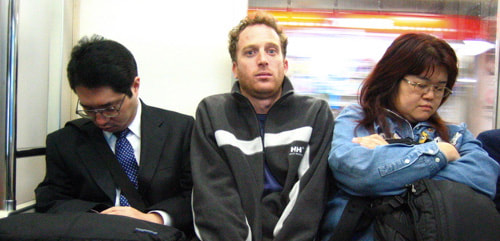
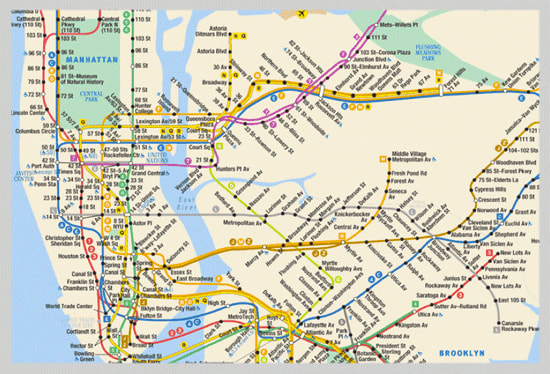
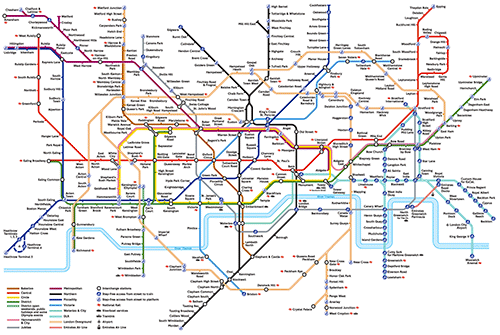
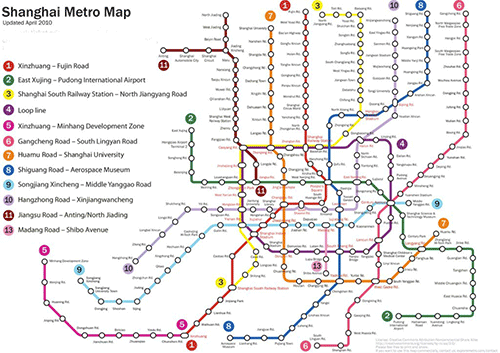
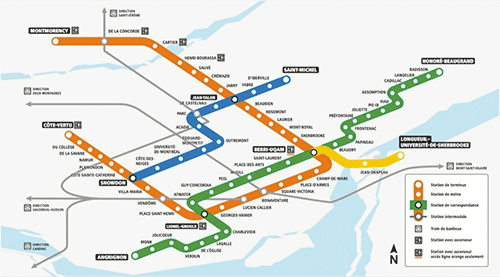
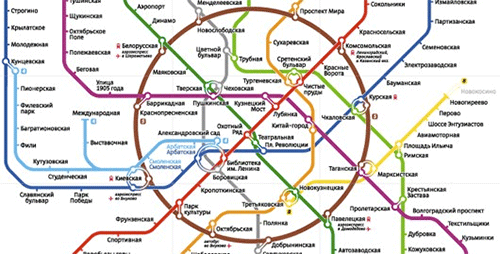
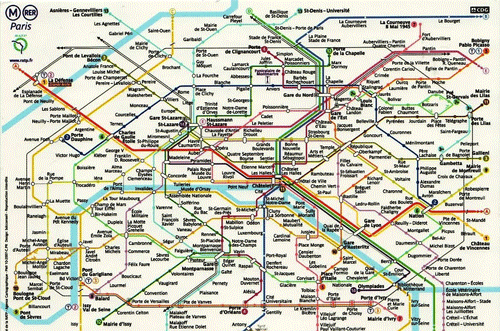
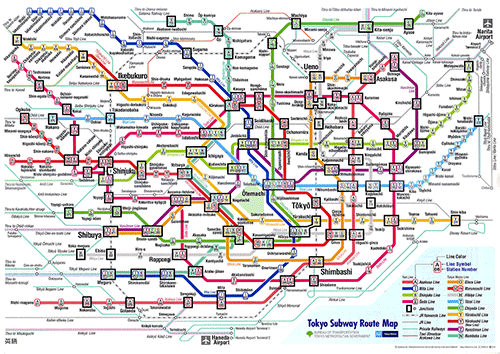
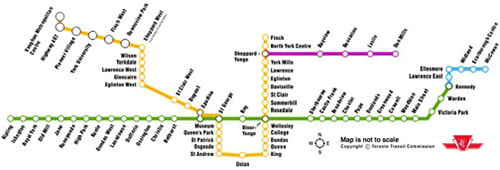
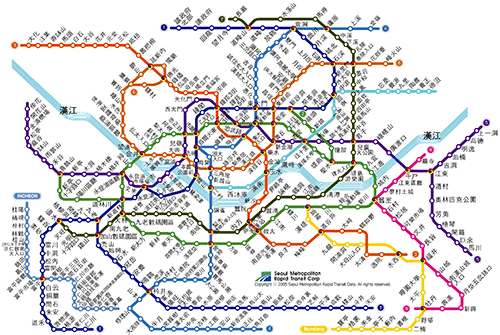
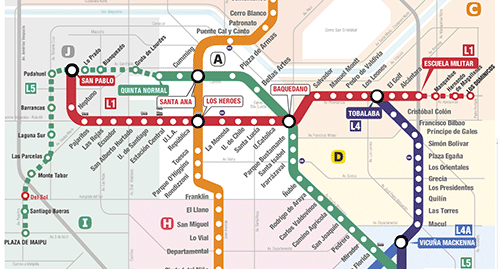
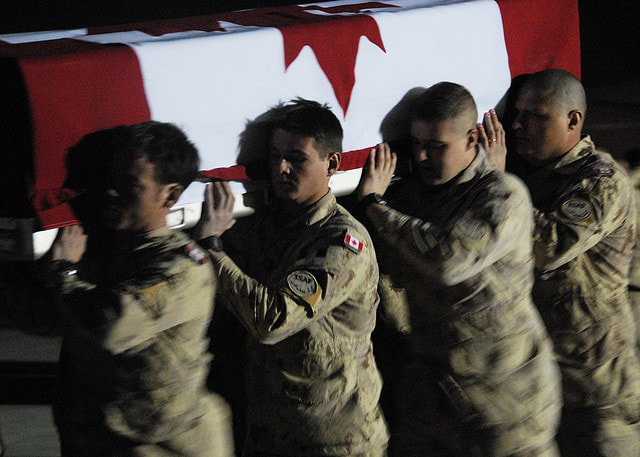
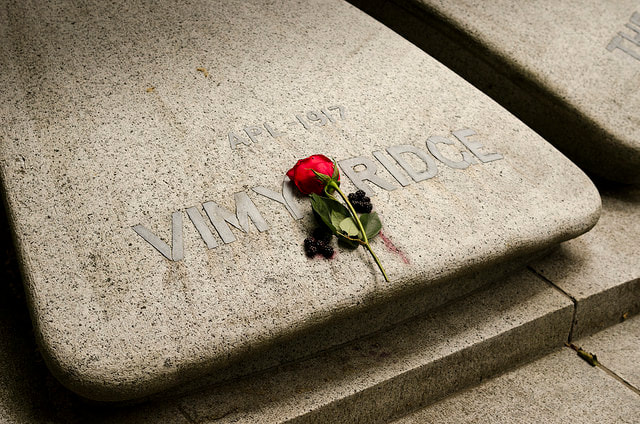

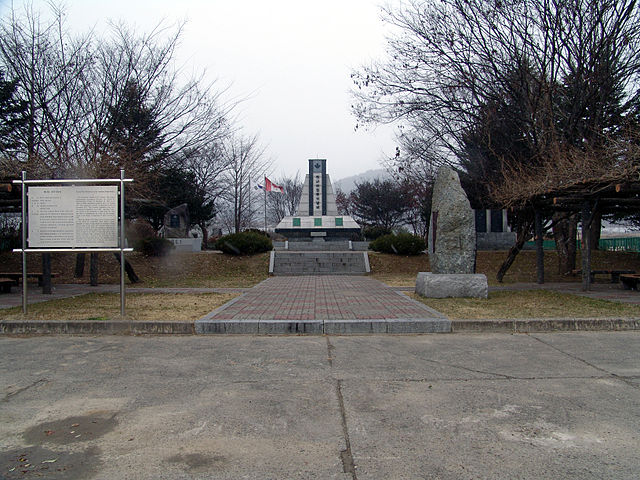
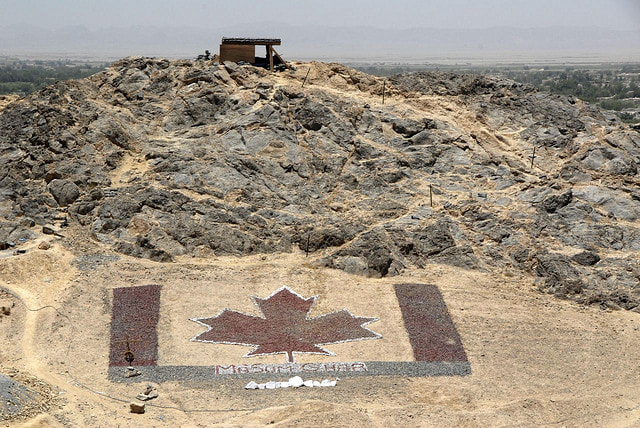
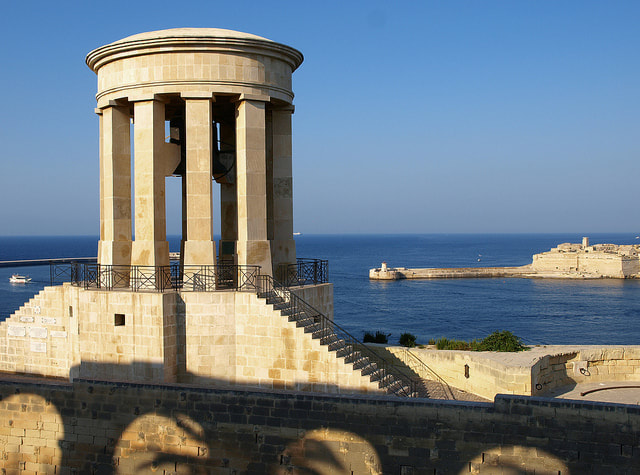
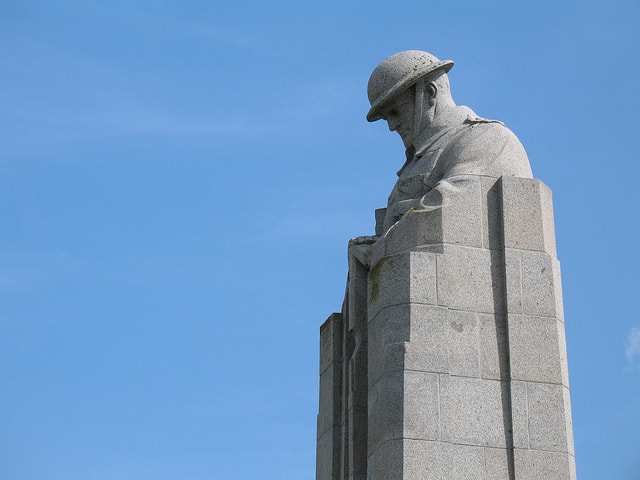
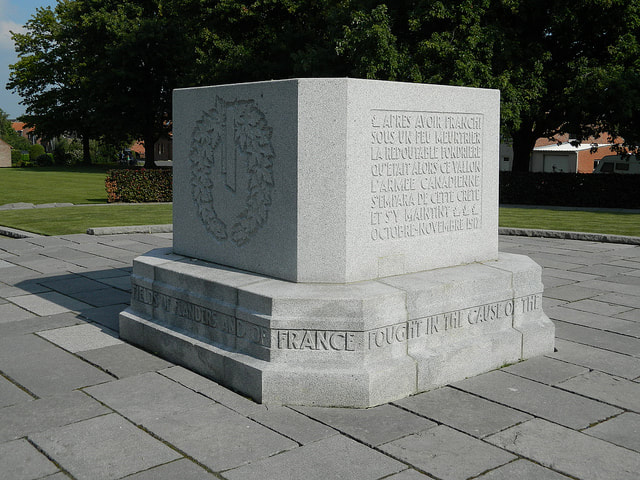
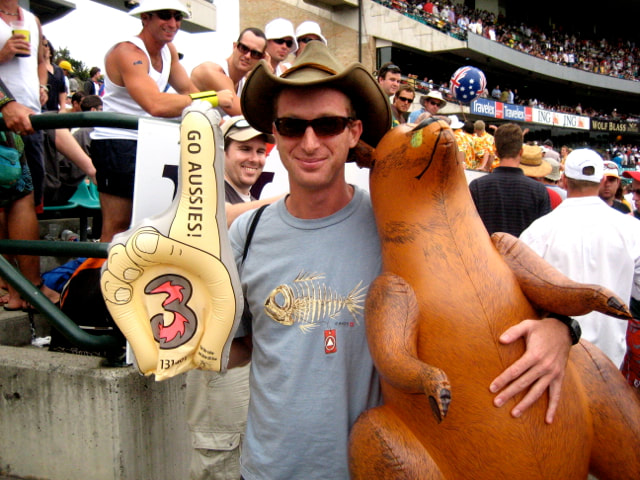

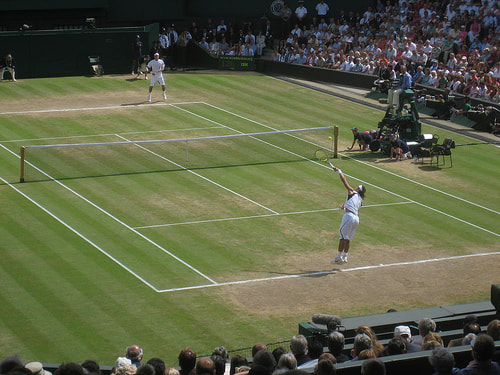
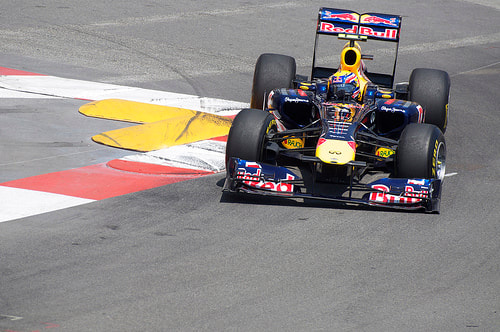
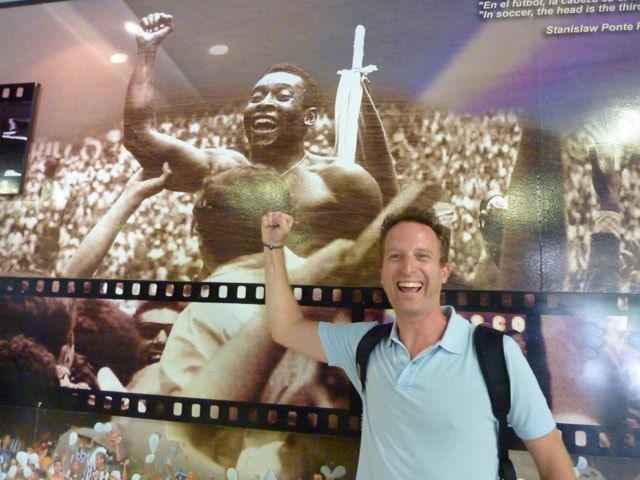
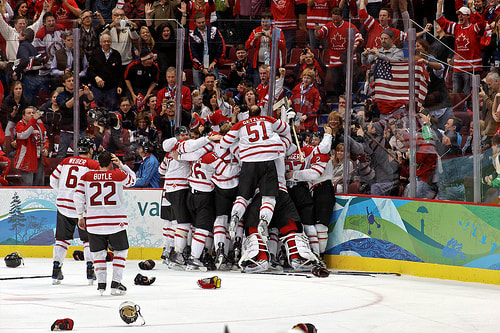

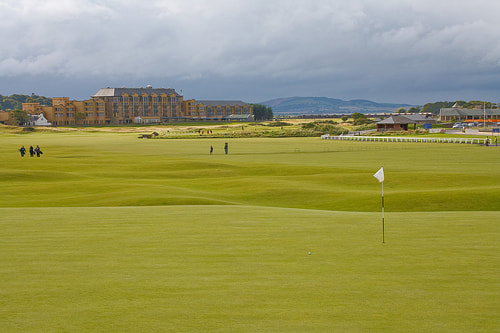
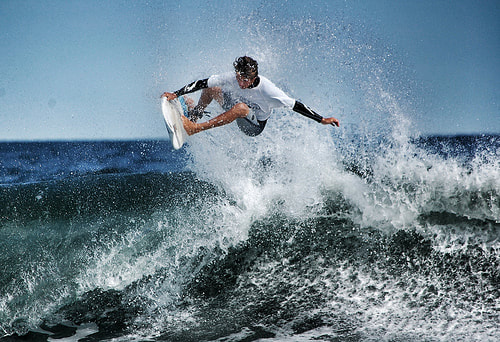
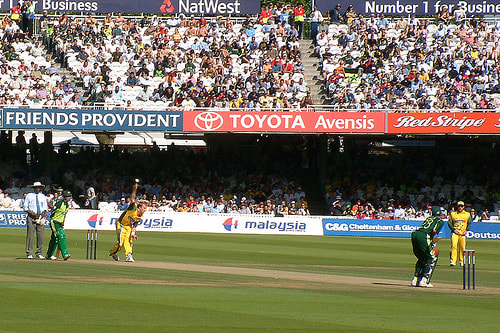
 RSS Feed
RSS Feed

